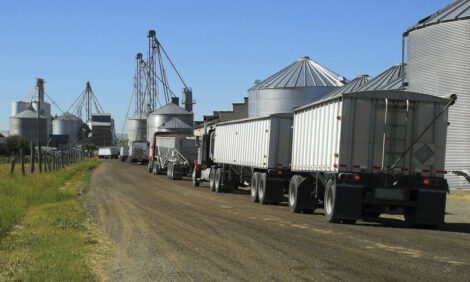



New biosecurity tool highlights key areas for improvement on pig farms
A new tool, Biocheck.UGentTM, assesses biosecurity in farrow-to-finish pig farms in Ireland.In a study published in Porcine Health Management this month, researchers from Spain, Ireland and Belgium assessed the biosecurity of 58 Irish pig farms between February and May 2016 using the Biocheck.UGentTM biosecurity tool.
Developed by the University of Gent, the tool is a scientific and independent, risk-based scoring system to evaluate the quality of on-farm biosecurity. It has now been used 11,078 times according to the website statistics, with 8029 pig farms checking their biosecurity since the launch of the online version.
A biosecurity score was produced for all 58 farms using the Biocheck.UGentTM and performance data for 2016 was retrieved from the Teagasc e-Profit Monitor (ePM) – a national herd monitoring system. The effect of the biosecurity practices on selected productive performance indicators was subsequently estimated.
Some key results
- One question asked for the age of the youngest building that pigs were kept in on each farm. The results showed that, when compared to piglet mortality rates, the older the building, the higher the mortality rate.
- Piglet mortality was lower on farms with better biosecurity scores associated with feed, water and equipment supply.
- Finisher mortality increased with average herd size. Higher biosecurity scores in environment and region, and nursery unit management, also showed correlations with higher mortality.
- Finisher mortality decreased with good disease management scores.
- Average daily gain (g/day) decreased in large farms with higher number of sows and decreased with experience of the farm manager.
- Good practices in disease management improved average daily gain.
Some key conclusions
In order to improve the productivity of the Irish pig sector, biosecurity practices related to the following areas must be addressed:
- environment and region;
- feed;
- water;
- equipment supply;
- management of different life stages.
Such recommendations should be adapted to the health status of each farm.








